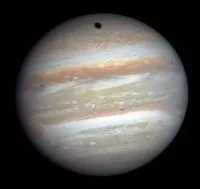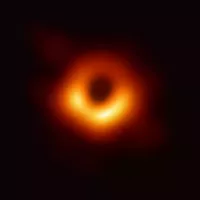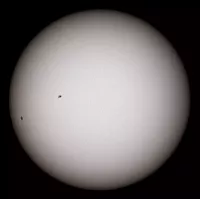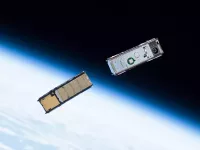The Andromeda Galaxy is a barred spiral galaxy, the closest major galaxy to our Milky Way. Also known as Messier 31, M31, or NGC 224, it spans roughly 152,000 light-years in diameter and resides approximately 2.5 million light-years from Earth. Its name originates from the constellation Andromeda, named after the Greek mythological princess.
1999: Detection of Microlensing Event PA-99-N2
In 1999, the microlensing event PA-99-N2 was detected in the Andromeda Galaxy. One explanation suggests gravitational lensing of a red giant by a star with a potential planet, with a mass 6.34 times that of Jupiter. If confirmed, it would be the first extragalactic planet. However, anomalies were later found.
2005: Discovery of a new type of star cluster
In 2005, astronomers discovered a new type of star cluster in the Andromeda Galaxy, containing hundreds of thousands of stars. These clusters are larger and less dense than globular clusters.
2006: Discovery of Globular Cluster 037-B327 (Bol 37)
In 2006, a massive globular cluster named 037-B327 (also known as Bol 37) was discovered. It was initially thought to be more massive than Mayall II and the largest cluster of the Local Group; however, further studies showed it is actually similar in properties to Mayall II.
2006: Discovery of satellite galaxies alignment
In 2006, it was discovered that nine of the satellite galaxies of Andromeda lie in a plane that intersects the core of the galaxy, suggesting a common tidal origin.
2012: Detection of a microquasar in the Andromeda Galaxy
In 2012, a microquasar, characterized by a radio burst emanating from a smaller black hole was detected in the Andromeda Galaxy. The black hole is located near the galactic center and has about 10 M☉. The microquasar was the first observed within the Andromeda Galaxy and the first outside of the Milky Way Galaxy.
Mentioned in this timeline

Jupiter is the fifth and largest planet from the Sun...

Black holes are regions in spacetime with gravity so strong...

Stars are luminous spheres of plasma bound by their own...

Satellites often spacecraft are objects intentionally placed into orbit around...

Black is an achromatic color representing the absence of light...

Galaxies are vast systems of stars gas dust and dark...
Trending

40 minutes ago Axar Patel's Promotion Sparks Debate After India's Loss Against Australia in ODI.

41 minutes ago Lorde Discusses UltraSound Tour, Arena Shows, and Onstage Chest Taping with Fans.

41 minutes ago Sofia Kenin faces Wakana Sonobe in the 2025 Toray Pan Pacific Open.

41 minutes ago [TO_BE_ADDED_BY_AI]

41 minutes ago Kendall Jenner and Mary-Kate Olsen spotted at a rare dinner outing in LA.

42 minutes ago Elizabeth Olsen Open to Scarlet Witch Return, Prefers Theatrical Movie Releases.
Popular

George Soros is a Hungarian-American investor and philanthropist with a...

XXXTentacion born Jahseh Dwayne Ricardo Onfroy was a controversial yet...

Charlie Kirk is an American right-wing political activist entrepreneur and...

Paula White-Cain is a prominent American televangelist and key figure...

Bernie Sanders is a prominent American politician currently serving as...

Chuck Schumer is the senior United States Senator from New...